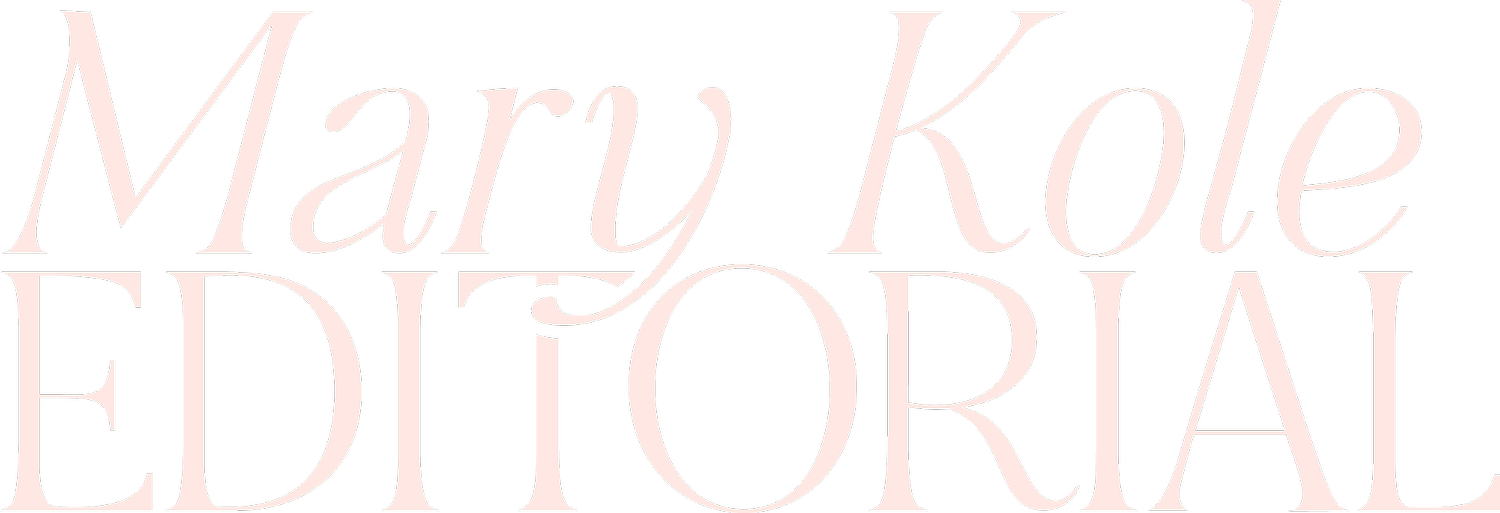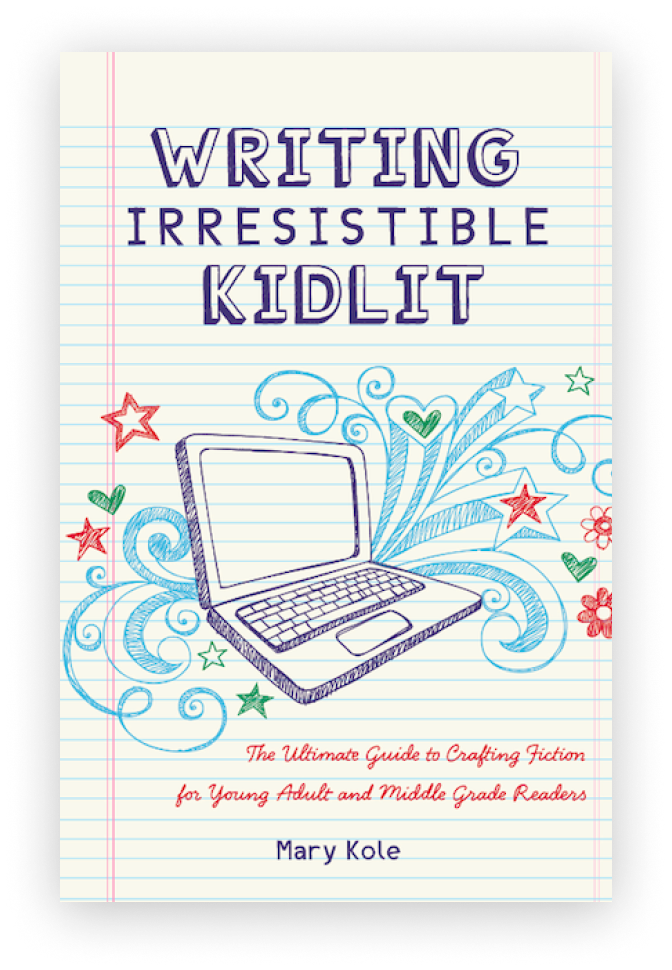Writing for a Kid Reader
By Mary Kole
Mary Kole is a former literary agent, freelance editor, writing teacher, author of Writing Irresistible Kidlit, and IP developer for major publishers, with over a decade in the publishing industry.
Are you ready to unleash your inner child and dive into the wonderful world of writing children’s books for a kid reader? Whether you’re looking to write your very first children’s book or want to up your game, writing for kids requires a special set of skills and considerations. I’ve compiled this article on how to write fiction for a kid reader, including the essential story elements you should consider, publishing categories, universal themes, character archetype options, and genre tips for pleasing your target audience. Get ready to unlock the magic of writing fiction for kids, and entertaining a lucky future kid reader.
Essential Kid Reader Story Elements
Writing fiction for kid readers requires a deep understanding of the essential story elements that captivate young readers. For starters, your story should have a relatable protagonist and likable characters overall that kids can identify with. Remember, your protagonist must go on a character arc and encounter character growth and change, facing story obstacles, and making tough decisions along the way. The protagonist does need to be close in age to your target audience, so you will need to study children’s book age range, picture book age range, early reader age range, chapter book age range, middle grade age range, and young adult age range guidelines closely. That’s right, at least six different categories of children’s books serve a kid reader at every step of their development!
Additionally, your story should have a compelling plot with a clear story structure that builds suspense and tension. A satisfying resolution is a must, preferably with a positive message or a thematic lesson to be learned (though you want to be wary of moralizing or preaching). And last but not least, humor, action, scene, mystery, and adventure are surefire ways to captivate young readers.
Navigating the Different Kid Reader Publishing Categories
Before you finalize your story elements, it’s time to think about the different publishing categories that serve a kid reader. From picture books to middle grade to young adult, each category has its own rules, guidelines, and genre expectations. For picture books, you’ll need to focus on concise and vibrant storytelling, with illustrations playing a crucial role. For middle grade, you’ll need to write with a writing voice that resonates with preteens, tackling writing themes such as friendship, family, and self-discovery. Young adult novels, on the other hand, can deal with heavier subjects while creating a sense of authenticity and vulnerability with deep point of view and interiority.
Tapping Into Universal Kid Reader Themes and Character Types
Kids have a universal understanding of certain themes and character types that they can easily relate to. Themes such as friendship, family, self-discovery, acceptance, and overcoming obstacles are always relevant and appealing to young readers. When it comes to character types, kids love characters that are brave, kind, clever, funny, and determined. You’ll also want to make sure to create a proactive protagonist, so that your young character isn’t passive in their own story. A kid reader wants to experience something empowering. Additionally, including diverse and inclusive characters is crucial in representing a range of experiences and perspectives.
Avoid Talking Down to a Kid Reader
Perhaps one of the biggest mistakes a writer can make when writing for a kid reader is talking down to them. Kids can sense when they’re being patronized and will quickly lose interest in the story. Instead, embrace a writing style that respects kids’ intelligence and curiosity, and allows them to feel inspired, challenged, and engaged. Use language that is age-appropriate but also doesn’t shy away from using advanced vocabulary or writing imagery.
Lastly, it’s important to acknowledge that each novel genre is different in terms of expectations and different types of kid reader audiences. For example, when writing fantasy or sci-fi, you’ll need to create rich and believable world-building that is both exciting and legible to a kid reader. In mysteries, it’s important to engage readers in the process of solving the mystery, allowing a kid reader to feel like an active participant. For historical fiction, it’s important to be historically accurate while still making the story accessible and relatable to modern audiences.
I hope you’ve enjoyed this article on how to write fiction for a kid reader. Writing for kids can be a magical and rewarding experience, but requires a deep understanding of the essential story elements, publishing categories, universal themes, character types, and genre-specific tips. Remember, respect your readers, and allow them to feel inspired, challenged, and engaged.

Click here to purchase Writing Irresistible Kidlit, my book on fiction craft for MG and YA novels, out from Writer's Digest Books. This will show you my writing craft philosophy and give you lots of valuable advice, including tips for the novel revision process and self-editing. There are over 35 example novels cited and discussed throughout. It’s a valuable resource for any writer’s toolkit.



